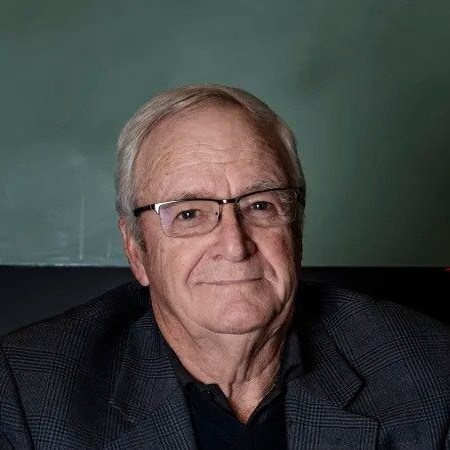In the face of the talent skills crisis, a tight labour market and transformed conceptions of work, we decided to sit down with AbilityMap’s co-founder and Chief Science Officer Kevin Chandler to get some perspective. It turns out that while new challenges might be all around us, there is a fundamental hiring and retention issue that has never been widely addressed —and if an organisation wants an advantage when it comes to employment, they need to tackle it head on. Let’s call it the 32% problem (we’ll get to that later).
Kevin is widely recognised as one of Australia’s leading human performance innovators. With a background in computer science and organisational psychology, Kevin has spent four decades applying science to human resources and revolutionising hiring and talent management processes across a range of industries.
His commitment to replacing subjective measures of performance with objectivity has transformed organisations as disparate as Macquarie Bank (a little more on that later, too), where he played a critical role in its rise as a talent powerhouse, and his support of restoration of the Lakes as one of the world’s pre-eminent Golf clubs. He also played a principal role in the creation and growth of Chandler Macleod to $1 billion revenue and has also chaired numerous commercial and social impact entities.
Kevin’s unquenchable drive to discover and share the secrets of how organisations can unlock human performance, has culminated in his present role driving a technology revolutionising human performance in the workplace.
This revolution had its roots in Kevin’s work decades ago. David Clark, widely seen as responsible for laying the foundations of Macquarie Bank, approached Kevin when he was looking to beat the other big banks.
“I talked to him about what he was like and what he’d need in terms of the mental structures and motivational styles to beat the other big banks and we built what we’d now call a job profile, for anyone being employed at Macquarie Bank,” Kevin says.
What developed was a three-stage process.
“Step one was finding smart people. If you had smarter people on average compared to your counterparts, that’s the first step.
Step two, they needed to be more motivated, to have an inner drive to succeed and achieve.
Step three, we wanted them to be positive people with initiative, natural innovators.
All these characteristics we now see as capabilities. And when you see them applied consistently, over a long period of time, you get an organisation that’s now acknowledged as one of the leading banks in the world.”
Kevin goes further to say, “Macquarie steadfastly used the concept of hiring the best they could find for their organisation for the next 25-30 years. They turned away people with PhDs, high functioning individuals but not intellectually clever when exposed to a less structured, more dynamic environment. We realised that performance, or productivity, is actually a function of the individual combined with the environment.
“The four drivers of motivation, initiative, positive thinking and ambition were the underlying human capabilities that went beyond a high IQ but worked for Macquarie.”
Kevin’s clear that relying on the traditional hiring method of a CV and interview is, to some extent flawed. “Perception built on how an individual dresses or talks are perceptual clues that work against us. This leads to hiring someone who outwardly rates higher but doesn’t have the characteristics and requirements necessary for that role.”
“What you think leads to high performance, and what actually leads to high performance might be very different. You’re hiring to a job description which you’ll get right some of the time but not all the time. That error factor is 32%, an unacceptable level by anyone’s measure.
“In actual terms, what that means is 32% of the people that are hired wouldn’t be rehired, or 1-2 people out of five, an incredible margin.
“This is what we’re talking about when we say moving a business from good to great. Eliminating 32% of injudicious hires and recruiting individuals more capable in those roles, is going to shift the dial for any organisation.
“Humans are very complex, they’re not one single variable. An individual might be achievement driven which is great, but they might have other characteristics that are detrimental like being domineering and aggressive, but not persuasive.
“It’s only in the last 20 years that the tools of statistical analysis have existed to allow us to project an individual’s capability for a job, which is why we developed AbilityMap.
“Our experience of dealing with multiplicity of different jobs, in different environments and different companies and trying to build up an understanding of what characteristics would work in that environment, brings a science to the process of HR that just wasn’t there before. With continuous advances in AI, I’m still trailblazing, there’s so much work to be done.”
With over two million Australians changing jobs every year in a tense and uncertain labour market, AbilityMap believes organisations will only thrive if they get this essential human science right.




